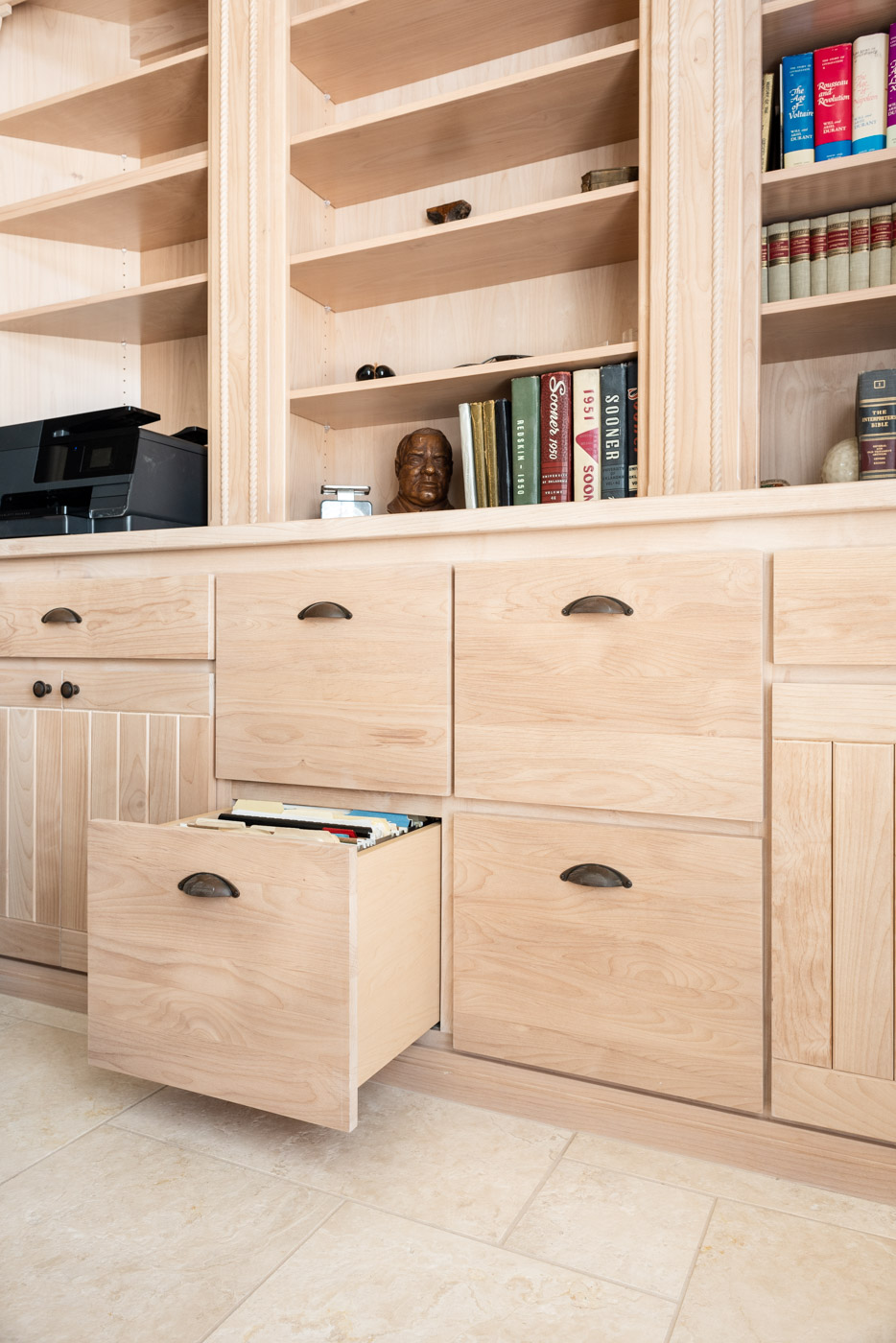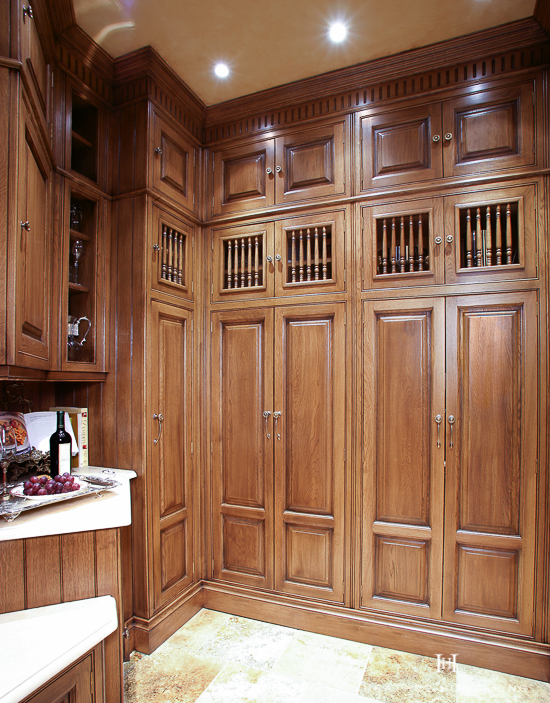All Categories
Featured
The appropriate option of products can significantly influence your entrance's aesthetics, sturdiness, and capability. Here's an overview to picking the ideal products for your custom-made access entrance.
Wood gates exhibit heat and all-natural charm, making them a popular selection for rustic and conventional layouts.
Pros:
Visual Appeal: Supplies a traditional, stylish appearance that complements a variety of architectural styles.
Adjustable: Can be stained, repainted, or sculpted to achieve a special design.
Eco-Friendly: Lasting alternatives like redeemed timber lower environmental effect.
Cons:
Maintenance: Requires regular tarnishing or sealing to secure against weather condition and parasites.
Sturdiness: May warp, split, or rot gradually without appropriate care.
![]()
Metal entrances are commemorated for their durability and ability to fit detailed designs.
Pros:
Resilience: Resistant to tear and wear, making it suitable for high-traffic locations.
![]()
Layout Flexibility: Appropriate for both standard wrought iron styles and modern, streamlined designs.
Reduced Upkeep: Calls for marginal upkeep with appropriate finishings to stop corrosion.
Cons:
Expense: Premium steels like functioned iron or stainless-steel can be costly.
Heat Retention: May become hot to the touch in direct sunlight.
Aluminum is an economical choice to much heavier steels, providing a modern appearance with reduced upkeep.
Pros:
Corrosion-Resistant: Perfect for areas with high moisture or coastal climates.
Lightweight: Easier to mount and operate compared to other steels.
Affordable: Gives a smooth check out a lower expense.
![]()
Cons:
Strength: Much less long lasting than heavier steels like steel or iron.
Restricted Personalization: Not as flexible for elaborate styles.
Vinyl gates are known for their affordability and simplicity of upkeep, making them a sensible choice for several home owners.
Pros:
Reduced Upkeep: Resistant to weather, pests, and UV rays.
Cost-efficient: Affordable in advance and with time due to very little upkeep.
Variety: Available in a variety of styles and shades.
Disadvantages:
Sturdiness: Less sturdy than timber or steel and can split in extreme temperature levels.
Appearance: Lacks the natural appearance of wood or the sophistication of steel.
Composite entrances integrate wood fibers with plastic or material to create a eye-catching and durable alternative.
Pros:
Sturdiness: Immune to rot, warping, and parasites.
Reduced Maintenance: Does not require paint or discoloration.
Eco-Friendly: Often made from recycled materials.
Disadvantages:
Cost: Extra costly than typical timber or vinyl.
Look: May do not have the credibility of natural timber.
When Picking Products,Key Considerations.
Climate: Think about how the product will carry out in your local weather condition conditions. As an example, steel is excellent for sturdiness, while vinyl functions well in damp settings.
Maintenance: Choose a product that fits your way of living and willingness to keep it gradually.
Style: Make sure the product straightens with your home's building layout and personal taste.
Spending Plan: Aspect in both in advance expenses and lasting expenditures for upkeep and repair work.
Final Thoughts
Choosing the best product for your custom access entrance is a critical action in creating a useful and aesthetically appealing entry to your property. Whether you focus on the classic beauty of timber, the strength of steel, or the functionality of plastic, there's a material to match your needs. By balancing aesthetics, resilience, and cost, you can create a custom-made entrance that boosts your home's visual allure while standing the test of time.
- Timber: Timeless Elegance
Wood gates exhibit heat and all-natural charm, making them a popular selection for rustic and conventional layouts.
Pros:
Visual Appeal: Supplies a traditional, stylish appearance that complements a variety of architectural styles.
Adjustable: Can be stained, repainted, or sculpted to achieve a special design.
Eco-Friendly: Lasting alternatives like redeemed timber lower environmental effect.
Cons:
Maintenance: Requires regular tarnishing or sealing to secure against weather condition and parasites.
Sturdiness: May warp, split, or rot gradually without appropriate care.
- Steel: Toughness and Flexibility

Metal entrances are commemorated for their durability and ability to fit detailed designs.
Pros:
Resilience: Resistant to tear and wear, making it suitable for high-traffic locations.

Layout Flexibility: Appropriate for both standard wrought iron styles and modern, streamlined designs.
Reduced Upkeep: Calls for marginal upkeep with appropriate finishings to stop corrosion.
Cons:
Expense: Premium steels like functioned iron or stainless-steel can be costly.
Heat Retention: May become hot to the touch in direct sunlight.
- Light weight aluminum: Lightweight and Affordable
Aluminum is an economical choice to much heavier steels, providing a modern appearance with reduced upkeep.
Pros:
Corrosion-Resistant: Perfect for areas with high moisture or coastal climates.
Lightweight: Easier to mount and operate compared to other steels.
Affordable: Gives a smooth check out a lower expense.

Cons:
Strength: Much less long lasting than heavier steels like steel or iron.
Restricted Personalization: Not as flexible for elaborate styles.
- Plastic: Practical and Budget-Friendly
Vinyl gates are known for their affordability and simplicity of upkeep, making them a sensible choice for several home owners.
Pros:
Reduced Upkeep: Resistant to weather, pests, and UV rays.
Cost-efficient: Affordable in advance and with time due to very little upkeep.
Variety: Available in a variety of styles and shades.
Disadvantages:
Sturdiness: Less sturdy than timber or steel and can split in extreme temperature levels.
Appearance: Lacks the natural appearance of wood or the sophistication of steel.
- Compound Products: The Very Best of Both Worlds
Composite entrances integrate wood fibers with plastic or material to create a eye-catching and durable alternative.
Pros:
Sturdiness: Immune to rot, warping, and parasites.
Reduced Maintenance: Does not require paint or discoloration.
Eco-Friendly: Often made from recycled materials.
Disadvantages:
Cost: Extra costly than typical timber or vinyl.
Look: May do not have the credibility of natural timber.
When Picking Products,Key Considerations.
Climate: Think about how the product will carry out in your local weather condition conditions. As an example, steel is excellent for sturdiness, while vinyl functions well in damp settings.
Maintenance: Choose a product that fits your way of living and willingness to keep it gradually.
Style: Make sure the product straightens with your home's building layout and personal taste.
Spending Plan: Aspect in both in advance expenses and lasting expenditures for upkeep and repair work.
Final Thoughts
Choosing the best product for your custom access entrance is a critical action in creating a useful and aesthetically appealing entry to your property. Whether you focus on the classic beauty of timber, the strength of steel, or the functionality of plastic, there's a material to match your needs. By balancing aesthetics, resilience, and cost, you can create a custom-made entrance that boosts your home's visual allure while standing the test of time.
Latest Posts
Explore Oil Changes & More: Complete Auto Care Solutions from Montclare Auto Repair
Published May 29, 25
1 min read
Explore Oil Changes & More: Complete Repair Options from Montclare Auto Repair
Published May 25, 25
1 min read
Check Out Affordable Auto Repairs with Montclare’s Limited-Time Service Specials
Published May 22, 25
1 min read
More
Latest Posts
Explore Oil Changes & More: Complete Auto Care Solutions from Montclare Auto Repair
Published May 29, 25
1 min read
Explore Oil Changes & More: Complete Repair Options from Montclare Auto Repair
Published May 25, 25
1 min read
Check Out Affordable Auto Repairs with Montclare’s Limited-Time Service Specials
Published May 22, 25
1 min read